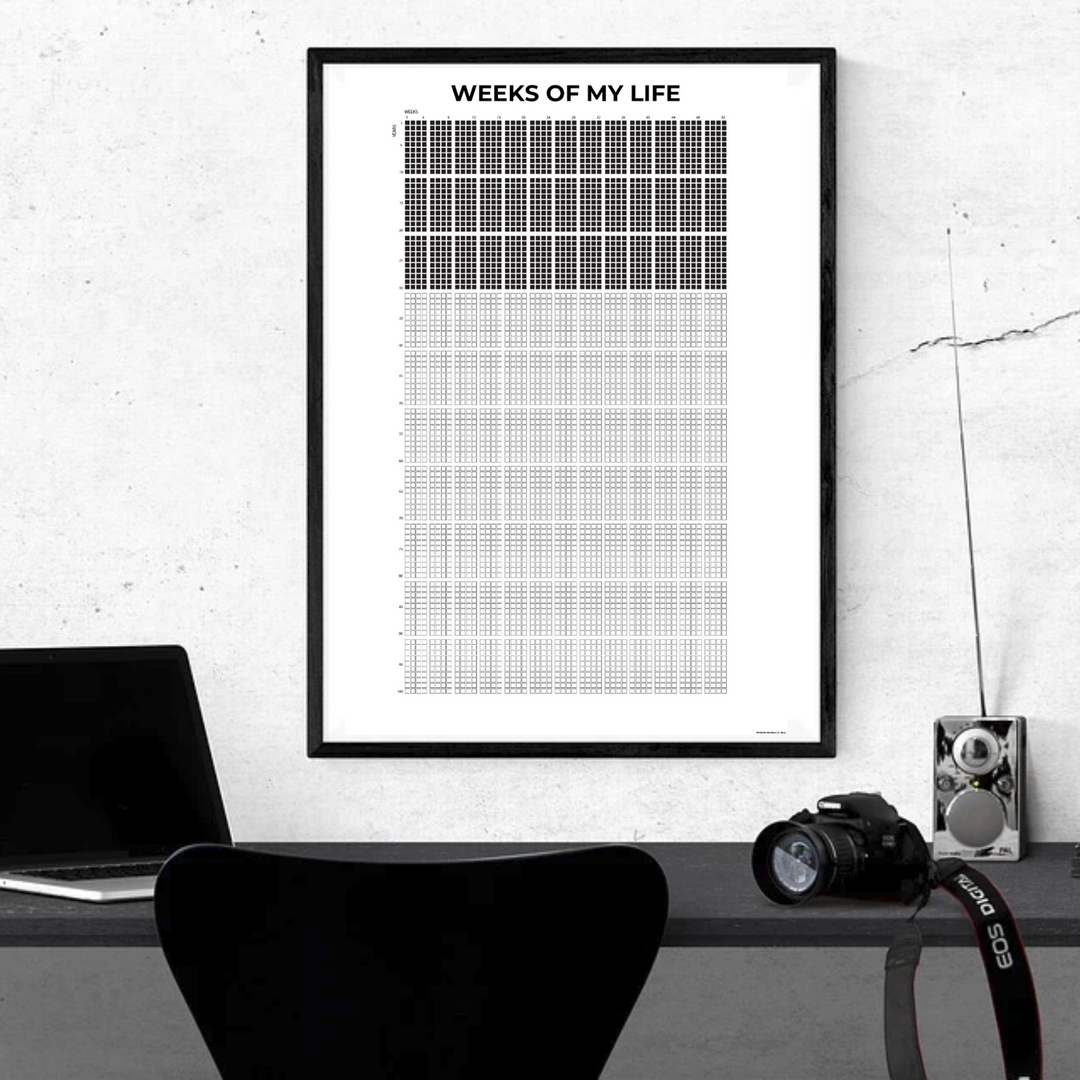As a Gen Xer, I too am very accustomed to the idea of Long Term Employment. You apply for a job at a solid company, stay for 10-20 years there, secure healthcare and retirement packages and that’s pretty much it. You don’t even have to worry about tax, which is typically taken care by the company through automated bi-weekly deduction. There’s paid holiday leave which the company encourages you to take, and if you work long hours, there’s overtime pay too.
As great as all that sounds, sadly that old life is slowly but surely fading away. With computer automation and accelerated changes in the business cycle, fewer and fewer companies are looking for long term employment. In the last two decades, we are suddenly relearning everything, from managing our own retirement investment to paying our own health care. Furthermore, we need to keep up with by continuously investing & updating our skills. Gone is the day of learning on the company’s dime.
Along with the transformation in the accelerated age, compensation is not measured by how much time we spend doing a task but rather the outcome of our work. If we’re being honest, this fundamental change is quite hard for me and a lot of Gen Xers to get accustomed to. Suffice to say, changes are not easy and our reluctance is further fueled by the fear of making mistakes.
But change is the mother of innovation growth among others, so ultimately we are all encouraged to embrace it. Harder said than done? Here are 3 exercises to help you overcome the struggles of re-inventing your career and transitioning into full control for your future self:

Step 1: The Obituary Exercise
The traditional obituary exercise asks you to jot down the things you would like to see written about yourself when you pass away. It's meant to be an aspirational review of the life you would like to have lived.
The following obituary exercise is similar, but there are 2 main things to highlight here:
One that reflects the life you're leading and
One that reflects the life you aspire to lead.
Essentially, this activity is about reconnecting with what really matters to us. Imagine as you get closer to the death, start listing down your current situations ( the good and the bad), followed with all the worries of what you’re yet to achieve in the remaining time.
Hopefully by writing down these key information, you will see how small your initial fears of changes are. Instead, you are forced to look at the big pictures, such as long term goals, inner joy, setting the life you want for your loved ones etc. All of this can open up a mindset where you are no longer afraid or reluctant, but rather anticipate achieving your ideal goals.
This exercise is particularly helpful for anyone looking for that extra boost to ignite transformation.

Step 2: The Dash Exercise
This is a twist on the obituary exercise based on the poem by Linda Ellis. The title refers to the punctuation mark “dash” which is symbolic to your time on earth ( specifically, the birth date and the date of your death)
Take the challenge of the poem and consider the following question: “ How do I want to spend my dash?”. To help you visualize and get into deep thoughts, use an image or the actual poster.

Weeks Of My Life is based on the concept of Memento Mori, which stands for "remember your mortality." The visualization is designed to help you realize just how precious time is. It basically outlines all the week in an average 88-year lifespan. It helps put into perspective how short our mortality is, fitted into a standard-size poster.
By looking at the Weeks Of My Life poster, you’ll realize that nothing is more important than doing everything you can with the time you have. Maximize your life and minimize regrets of procrastination.
Step 3: The Virtues Exercise
David Brooks, in his New York Times article "The Moral Bucket List," notes that American society spends more time teaching and rewarding ourselves with the development of résumé virtues than our eulogy virtues.

"The résumé virtues are the skills you bring to the marketplace. They may look something like this”
Graduate by age X from dream school with a degree in X
Be the Top X in my career
Achieve X amount of savings by age X
Grow X skills or achieve X % of growth in X years
While the eulogy virtues are the ones that are talked about at your funeral—whether you were kind, brave, honest or faithful. They are called the eulogy virtues the same way that you want people to remember you when you pass on, for example: big heart, wise beyond her age, stories about your courage, or perhaps integrity etc.
For this exercise, try reflecting on the following questions:
What virtues do I spend most time developing in my life and why?
What eulogy virtues would I like to cultivate?
The goal of this exercise is to make you understand that there are goals beyond just resume virtues which really is the fundamental of true happiness. So while you are evaluating your resume virtues, you are encouraged to actually pursue them and make necessary changes. At the same time, the exercise on eulogy virtues help you set sight on what truly matters. Ultimately, something of a work-life balance can be attained and that you have to start living your truth, including embracing change once and for all.
I hope that these 3 simple yet meaningful exercises can help you unlock whatever it is that still is holding you back. I also would like to leave you with a quote, With that, please make a mental note that growth encompasses more than just what’s tangible like your assets or monetary gain. It’s also about spiritual growth to make life even more worth living.